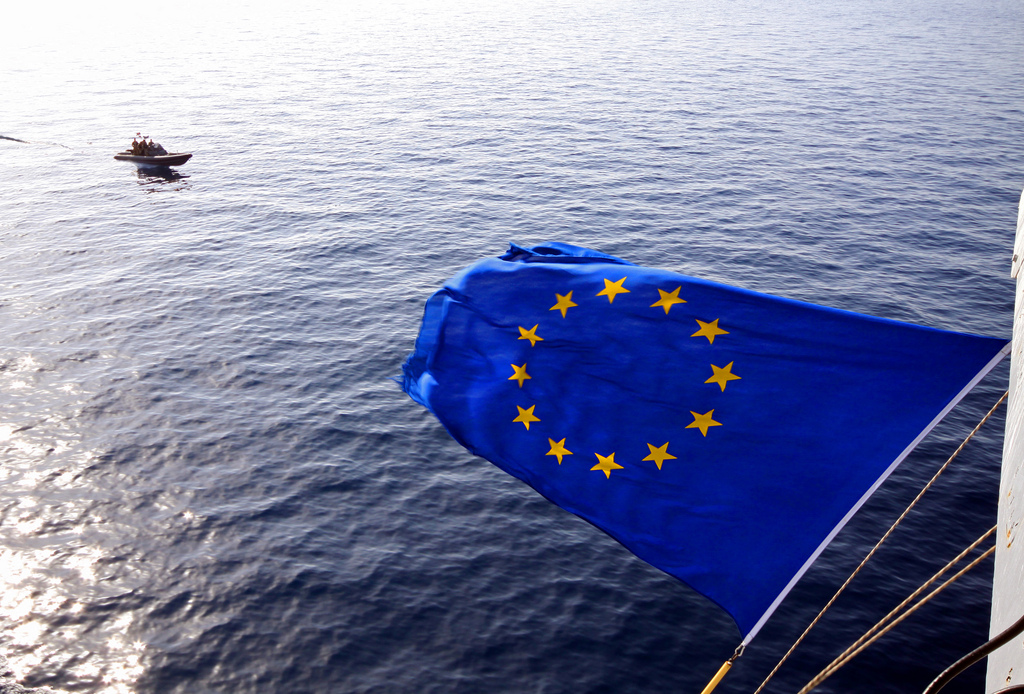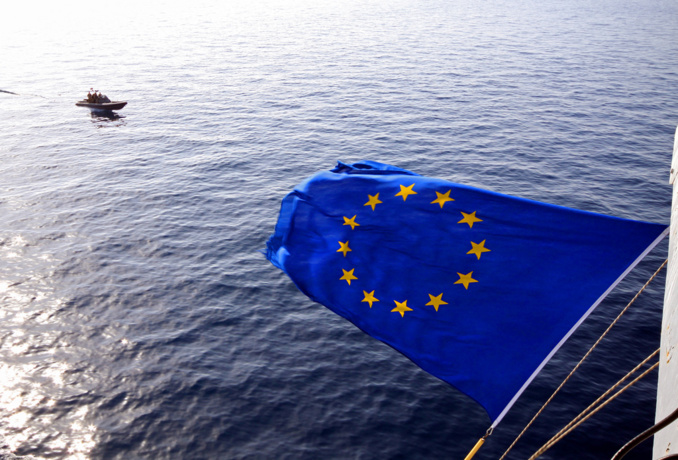According to the idea of the European Commission, the European Monetary Fund should be included in the general legal framework of the Union within the framework of Art. 352 agreement on the functioning of the EU. The Fund will replace the European Stability Mechanism, retaining its main financial structures and institutions (recall that the ESM took a key part in saving Greece). One of the main functions of the fund will be the financial support of the participating countries in case of a crisis, and the credit potential will remain at the same level of € 500 billion. It is assumed that 85% of the EBF Board of Governors will be sufficient to allocate emergency assistance - this should ensure prompt response in crisis situations, according to the European Commission. The EMF will also be able to act as a lender of last resort, if it is necessary to reorganize credit institutions within the framework of the banking union, and eventually create its own financial instruments, the document says. The EC hopes that the Council of the European Union and the European Parliament will take appropriate decisions by mid-2019.
In addition, the road map contains a proposal to include a stability, coordination and governance agreement within the legal framework of the EU. Recall that the agreement, signed in 2012 by 25 EU countries, was intended to provide a more rigorous financial discipline in the conditions of the debt crisis: it, in particular, limited the permissible annual structural budget deficit of the participating countries to a ceiling of 0.5% of GDP.
The third proposal concerns new budget instruments designed to ensure the stability of the euro area within the EU. They include measures to support member countries for reforms, technical support on request (the amount of funding for the current program is proposed to be doubled to € 300 billion by 2020) and a "convergence" mechanism designed to facilitate the entry of new members to the euro area. It is also possible to back up the banking union via the EMF and allocate a "stabilization fund" to shelter investments "in case of major shocks." The European Commission promises to describe its initiatives in more detail by May 2018. Note that all these measures are expected to be implemented within the overall budget of the EU as the earlier proposal to create its own budget of the euro area did not develop.
Finally, the "road map" refers to introduction of the post of the Minister of Economy and Finance of the EU, which could combine the posts of the Vice-President of the EC and the Eurogroup’s head. The commission expects that this will increase the coherence, effectiveness, transparency and responsibility of economic laws within the EU and the euro zone, the European Commission states. They expect that the parties concerned can agree on the powers of the minister by mid-2019, when the current commission expires.
It is assumed that the leaders of the EU countries will first discuss the initiatives of the European Commission during the Euro-Summit, which will be held in Brussels on December 15, and final decisions will be fixed at the next meeting in June 2018.
source: cnbc.com
In addition, the road map contains a proposal to include a stability, coordination and governance agreement within the legal framework of the EU. Recall that the agreement, signed in 2012 by 25 EU countries, was intended to provide a more rigorous financial discipline in the conditions of the debt crisis: it, in particular, limited the permissible annual structural budget deficit of the participating countries to a ceiling of 0.5% of GDP.
The third proposal concerns new budget instruments designed to ensure the stability of the euro area within the EU. They include measures to support member countries for reforms, technical support on request (the amount of funding for the current program is proposed to be doubled to € 300 billion by 2020) and a "convergence" mechanism designed to facilitate the entry of new members to the euro area. It is also possible to back up the banking union via the EMF and allocate a "stabilization fund" to shelter investments "in case of major shocks." The European Commission promises to describe its initiatives in more detail by May 2018. Note that all these measures are expected to be implemented within the overall budget of the EU as the earlier proposal to create its own budget of the euro area did not develop.
Finally, the "road map" refers to introduction of the post of the Minister of Economy and Finance of the EU, which could combine the posts of the Vice-President of the EC and the Eurogroup’s head. The commission expects that this will increase the coherence, effectiveness, transparency and responsibility of economic laws within the EU and the euro zone, the European Commission states. They expect that the parties concerned can agree on the powers of the minister by mid-2019, when the current commission expires.
It is assumed that the leaders of the EU countries will first discuss the initiatives of the European Commission during the Euro-Summit, which will be held in Brussels on December 15, and final decisions will be fixed at the next meeting in June 2018.
source: cnbc.com



















